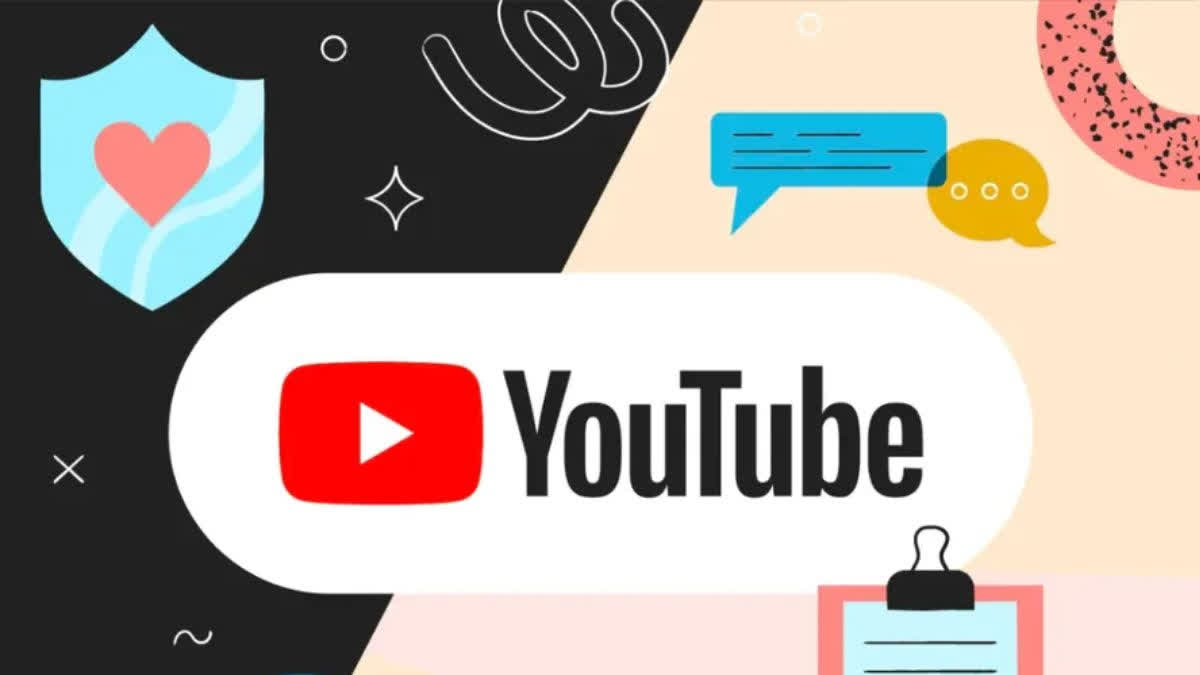Hyderabad: Google-owned video-sharing platform YouTube reportedly earned $36.2 billion in 2024, which translates to around Rs 3 lakh crores. According to the platform's annual earnings report, the biggest chunk of this revenue came in the last quarter of the year (Q4 2024).
Streamtvinsider claims that this revenue is purely from ad sales and does not include the company's earnings from YouTube Premium subscription or YouTube TV. Since the platform is continuing to add numbers to its membership plans, the total revenue of the streaming giant could be a lot more than $36.2 billion. Earlier, YouTube reported that revenue across its ad-supported and subscription platforms topped $50 billion for the 12-month period ending September 30, 2024. It was the first time YouTube reached the $50 billion benchmark.
According to the recently published annual earnings report, YouTube earned $10.473 billion in the last quarter, marking a 13.8 per cent year-over-year growth. This is the company's largest profit in a quarter from advertisements alone.
YouTube's staggering ad revenue explains why the platform announced a war against ad blockers. To recap, the streaming giant started with pop-up warnings, stating that the use of ad blockers violated YouTube's terms of service. It refused to play videos upon detecting the use of ad-blockers, forcing users to either turn off such extensions or subscribe to YouTube Premium.
Workarounds reportedly resulted in bandwidth limit, mimicking a slow internet connection as users complained about videos struggling to load, unavailability of previews, and problems with full-screen mode.
On the other hand, users have been complaining about excessive advertisements on the platform, making the site almost unbearable without a premium subscription. Last year, the streaming platform announced that its music and video services surpassed 100 million premium subscribers globally. While the number included trials as well, the jump from 50 million paid users in 2021 was an important milestone for the platform. Notably, YouTube started paid memberships in 2015.
Lyor Cohen, YouTube's Global Head of Music, at the time, confirmed the availability of YouTube's premium subscription service in over 100 countries with plans to expand it to more regions. He also mentioned that people used to doubt the success of a subscription model on YouTube due to market saturation and the different nature of the platform. "Today, 100 million subscribers later, our distinctiveness is precisely what drives our success and why I still see so much room for growth,” he added.



